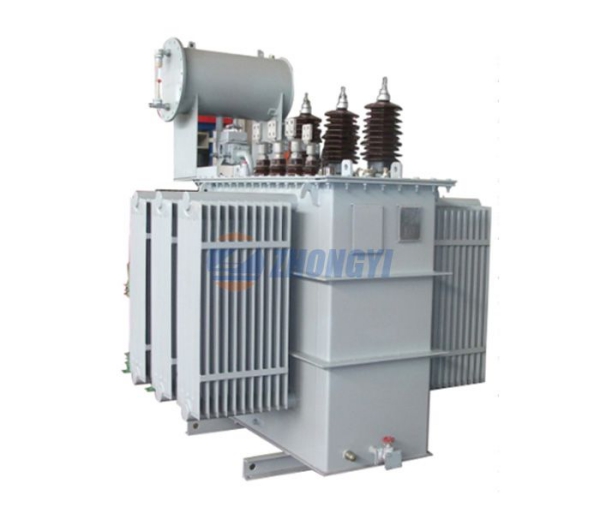Sep. 21, 2020
Let's start with amorphous materials. There are generally two kinds of materials that people come into contact with in daily life: one is crystalline material and the other is amorphous material. The so-called crystalline material means that the arrangement of atoms inside the material follows a certain rule. Conversely, if the internal atomic arrangement is in an irregular state, it is an amorphous material. Generally, metals whose internal atomic arrangement is ordered are all crystalline materials. The oil-filled transformer factory shares with you.
Scientists have discovered that after the metal is melted, the internal atoms are in an active state. Once the metal begins to cool, the atoms will slowly arrange in an orderly manner according to a certain crystalline law as the temperature drops to form crystals. If the cooling process is fast, the atoms will be solidified before they can be rearranged, resulting in an amorphous alloy. The preparation of amorphous alloys is a rapid solidification process. The high-temperature liquid in the molten state is sprayed onto the high-speed rotating cooling roller. The alloy liquid is rapidly cooled at a rate of one million degrees per second, and it takes only one-thousandth of a second to lower the 1300°C alloy liquid to room temperature to form an amorphous strip.

Compared with crystalline alloys, amorphous alloys have undergone significant changes in physical, chemical, and mechanical properties. Take the iron-based amorphous alloy as an example, it has the characteristics of high saturation magnetic induction and low loss. Due to such characteristics, amorphous alloy materials have a broad application space in many fields such as electronics, aviation, aerospace, machinery, and microelectronics. For example, in the aerospace field, it can reduce the weight of power supplies and equipment and increase the effective load. Used in civil power and electronic equipment, it can greatly reduce the size of the power supply, improve efficiency, and enhance anti-interference ability. Miniature cores can be widely used in transformers in ISDN. Amorphous strips are used to make sensor tags for anti-theft systems in supermarkets and libraries. The magical effects of amorphous alloys have broad market prospects.
Application history
After having a preliminary understanding of amorphous materials, let's take a look at a very promising application field of amorphous strips-amorphous transformers. Amorphous alloy iron core transformer is a transformer made of a new type of magnetic material-amorphous alloy to make the iron core. It is compared with silicon steel sheet as the no-load loss of the iron core transformer (refers to the transformer secondary open circuit, measured at the primary The power loss) is reduced by about 80%, and the no-load current (when the secondary of the transformer is open, the primary still has a certain current, this part of the current is called the no-load current) is reduced by about 85%. It is currently a distribution transformer with an ideal energy-saving effect. It is especially suitable for rural power grids and developing areas where the utilization rate of distribution transformers is low.
After introducing the proprietary technology of amorphous alloy transformer from General Electric Company of the United States, China's listed company satons independently innovated and developed a series of amorphous alloy transformer products suitable for the operation of China's power grid through digestion and absorption, and has become the largest specialized production enterprise of amorphous alloy transformer in China at present, which proves the broad market space of amorphous materials.
Contact Us
Contact us. Together with us, inspire boundless creativity
NAVIGATION
Tel: +86 312 5880165
Mob: +86 135 1322 2010
Fax: +86 312 5880165
E-mail: gracejia@zydqjt.com
Skype: +86 135 1322 2010
WhatsApp: +86 135 1322 2010
Wechat: +86 135 1322 2010
FOLLOW US
Add: Room A1109, No.483 Yulan Street, Baoding City, Hebei Province, China
